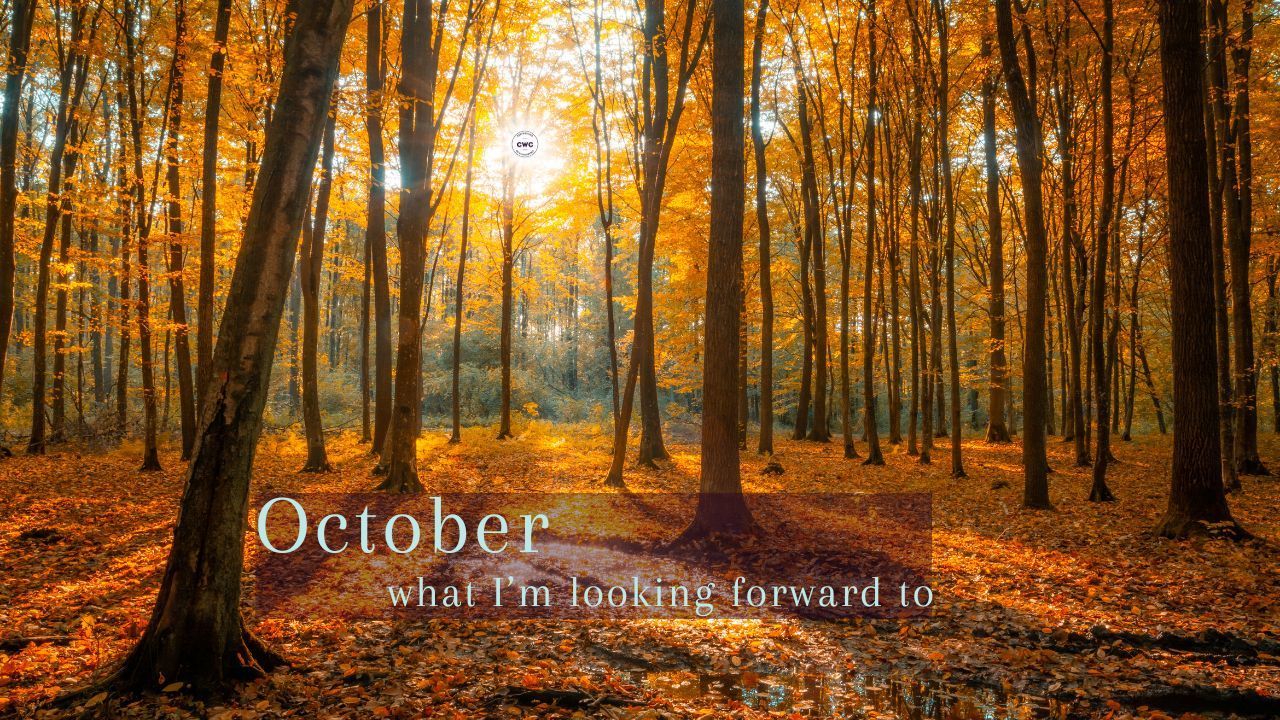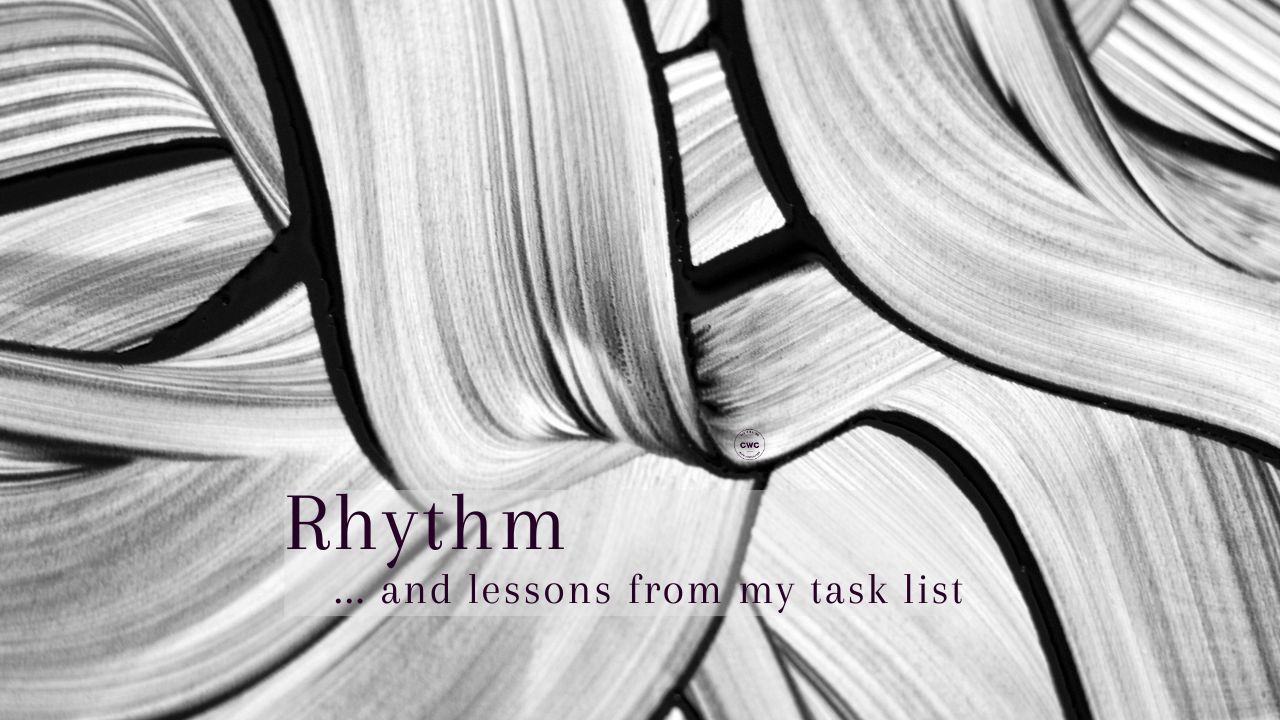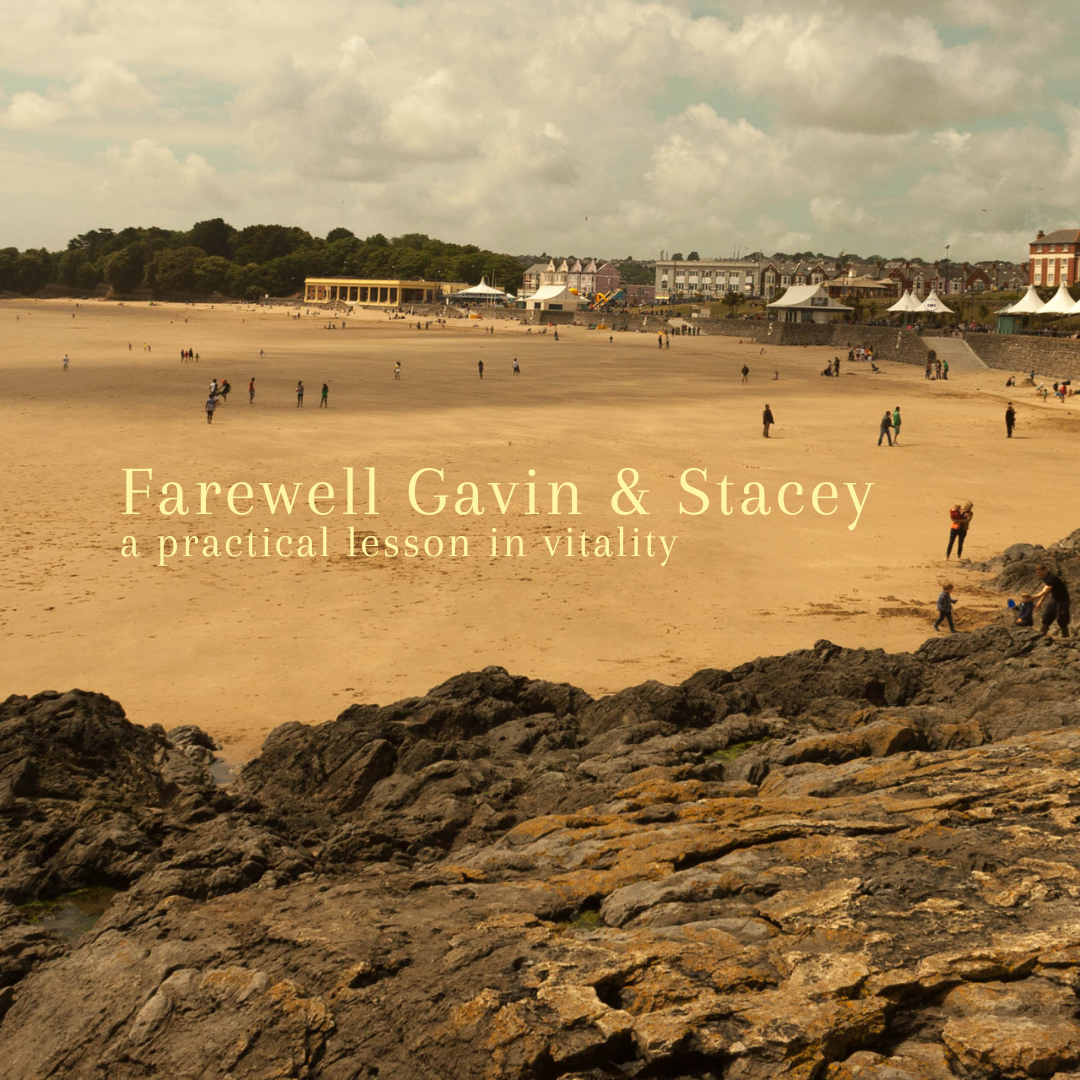Anatomy of a system and what is STiP?
Alison Randle • 9 June 2021
Dreamers of the world, read on…

We are all one. No man is an island. These are the basic facts of life. I originally trained as an applied biologist, a science where nothing occurs in isolation, yet in my late forties, I selected a Systems Thinking in Practice (STiP) module as part of my MSc in Development Management. It was called ‘Managing Systemic Change: Inquiry, Action and Interaction’. To be honest, I thought it was something else, and despite previously studying a systems science for four years, I had no (conscious level) idea what systems were. It was like a homecoming. I was even happier than I had been studying Institutional Development, which was actually a lot about dynamics and interactions. This was more so. I finally found other people who looked at the world in the way I did.
I particularly enjoyed the ‘in practice’ bit because a lot of what I learned as an undergrad was about the importance of application of knowledge and understanding, as one lecturer so starkly demonstrated as he thumped down the thickest text book known to biologists (one of the Vines & Rees volumes) from a reasonable height onto the lab bench, explaining that this book contained every scrap of knowledge in the Universe. We dumbly looked at it just sitting there. We wondered what he was on about this time – he was our most unpredictable lecturer, having once brought military marching music to a tutorial played so loudly that it brought other lecturers thumping on the walls and doors. It was awful. The torment of the ordeal blocks my memory of what his point was then, but I’ll never forget the lesson he taught us that day with ‘the book of ALL knowledge’ when he quietly said ‘Now ask it to light a Bunsen burner’. Boom! Minds were blown. This principle still threads through much of everything that I value in life, including my work. Later, when returning to pottery, I saw it again in the principles of form AND function – pretty coffee mugs must have lips that work to be pleasant to drink out of. But I digress…
In addition to all the delicious applied aspect of STiP, I discovered I had a super power - something that I have been chastised for for most of my life, and now it had a practical application! Daydreaming. It turns out that daydreaming is an absolutely vital part of systems thinking, where standing back and letting things go a little meta is critical. Have you ever been accused of being a dreamer? If so, you are now in exactly the right place! If you don’t dream enough, why not do more of it? There are serious benefits to be reaped! But perhaps before you do that, you need to know something more about systems so you can begin to think?
The anatomy of a system
What happens when you draw a circle around something? Grab a piece of paper or use a finger to draw an imaginary line on a flat surface wherever you are, right now.
Did you? Go on, humour me, it’ll help the next bit to work…
Looking at your circle what are you focusing on now? Let me guess. The inside. What about everything outside the circle? Does that have any relevance now? Is it more or less relevant than the inside? As soon as you draw a shape, you create an inside AND an outside.
In systems thinking, the line you have just drawn is the ‘boundary’. Your ‘system of interest’
will fall inside that boundary but will sit within the ‘environment’
beyond the boundary. It can be both influenced by and influence the environment, or there may be minimal influence. It is rare for there to be no influence. The trick with systems thinking is to get interested in what is really going on.
Now you can start to sketch some maps of relationships. There are a variety of ways to ‘map’
the system of interest. I usually start with blob and arrows, trying to work out the relationships between things. It helps to focus on one quality which could be:
• influence;
• power;
• time;
• resources;
• importance/priority
There aren’t any rights or wrongs – you are simply creating a way to gain deeper understanding about what is going on within the system of interest. If you need to communicate the information to someone else later, then obviously your map needs to be understood by someone else. You may want to jot down your thinking and assumptions as you go, but that’s not necessarily necessary.
Mapping can be sketched on the back of a beer mat, or it can take weeks or months, as you build information about beneficiaries, participants, stakeholders and partners. You can even find ways of feeding in information from a SWOT/C analysis (where C = constraints, because it is good practice to understand those). It depends what the purpose is, and how much information you need to gather (you can do a little map of that too). Usually the first iteration is a disaster, but like the first pancake in a batch, you need the first rubbish one to be able to create the pro-pancakes that follow. You may find that it doesn’t make much sense until you move the boundary inwards or outwards – then suddenly clarity will dawn. This is usually easier if you have taken yourself off for a good daydream somewhere away from the map… and that is why daydreaming is a superpower.
Do you feel inspired and now need to talk to someone about this? You could comment below; email Alison; or go to the Facebook group
to comment there.










